Looking for Expert-Level VA Claim Answers?📱Call Us Now! 737-295-2226
In this guide, we’ll explore how to get a Cervicalgia VA Rating (Neck Pain) even if you’ve already filed or been denied VA benefits in the past.
Lumbosacral, Cervical Strain, or Cervicalgia are the medical terms used to describe “Neck Pain.”
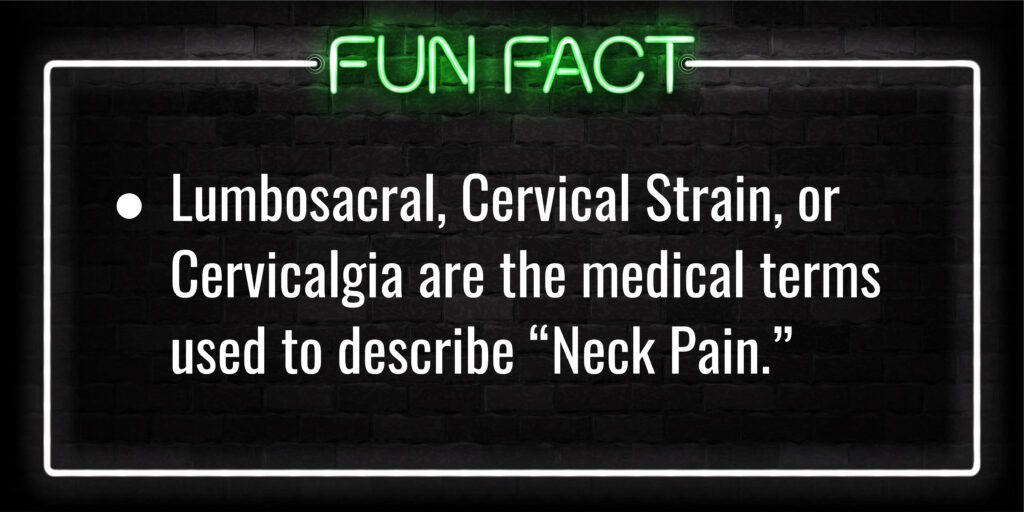
Neck Pain is the #5 most claimed VA disability.
The VA rates Cervicalgia under CFR Title 38, Part 4, Schedule for Rating Disabilities, General Rating Formula for Diseases and Injuries of the Spine, DC 5237, Lumbosacral or Cervical Strain (Neck Pain).
VA Ratings for Neck Pain range from 10 percent to 100 percent, with breaks at 20 percent, 30 percent, 40 percent, and 50 percent.
The highest scheduler rating for neck pain is 100 percent, which means your entire spine is frozen in an unfavorable position.
Your final VA Disability Rating for Neck and Shoulder Pain depends upon the Frequency, Severity, and Duration of symptoms to include Limitation of Range of Motion (ROM) and Painful Motion.
Okay, let’s explore how to get a VA Rating for Neck Pain as well as what you can expect at a C&P exam for your neck and shoulder.
You Might Also Like the Following Blog Posts:
- VA Disability Ratings for Back Pain Explained
- VA Disability Rating for Degenerative Disc Disease
- VA Disability Rating for Radiculopathy
- What is Cervicalgia in Veterans?
- Common Signs and Symptoms of Cervicalgia
- VA Disability Rating for Cervicalgia: Basic Eligibility Criteria
- What is the VA Disability Rating for Neck Pain?
- How Do I Get a Cervicalgia VA Rating?
- How Do I Increase My VA Rating for Neck Pain?
- What is the Reasonable Doubt Rule for Neck and Shoulder Pain?
- What are the VA Disability Ratings for Neck and Shoulder Pain?
- What is the Cervical Strain VA Rating?
- Can I Get a Secondary VA Rating to Neck and Back Conditions?
- What Should I Expect at a C&P Exam for Neck Pain?
- About the Author
What is Cervicalgia in Veterans?

Cervicalgia is the formal term used to describe “Neck Pain.”
Neck Pain is common among veterans.
As of this writing, a total of 1,129,931 disabled veterans are service connected for neck conditions.
Neck muscles can become strained from poor posture, carrying heavy things, military training exercises, high-intensity physical training, deployments, or long hours hunched over a computer.
The good news is you can get VA disability benefits for neck and shoulder pain if your condition was caused or made worse by your military service.
Common Signs and Symptoms of Cervicalgia

According to Spine Health, signs and symptoms of Neck Pain include:
- Stiff neck. Problems moving the neck, especially when trying to turn the head from side to side.
- Sharp pain. The pain may be localized to one place and might feel like a stabbing or stinging in your lower neck.
- General soreness. This refers to tenderness in a broader area of the neck. It’s a milder pain that’s not sharp.
- Radicular pain. This is radiating pain from the neck into the shoulders and arms. This is nerve pain that might feel like a burning sensation.
- Cervical radiculopathy. Some veterans may experience problems with reflexes, sensation, or strength, which may be experienced in the arm due to compressed nerve roots.
- Trouble gripping or lifting. This is a common issue that’s caused by numbness or weakness in the arms or fingers.
- Frequent headaches. Cervicalgia can affect muscles and nerves connected to the head, leading to pulsing or throbbing headaches.
VA Disability Rating for Cervicalgia: Basic Eligibility Criteria

To be eligible for a VA rating for neck and shoulder pain, a veteran must meet three (3) criteria by law:
- #1. Medical diagnosis of either Cervicalgia, Neck Pain, or Lumbosacral or Cervical Strain, in a medical record (Service Treatment Records, VA medical records, or private medical records)
- #2. Your Neck Pain was caused or made worse by your active-duty military service OR by another service connected disability for secondary service connection (“Nexus” for service connection)
- #3. Persistent and recurring symptoms of Neck Pain (“Severity of Symptoms”) to include how it affects your work, life, and social functioning
If you think you have a neck condition, but don’t have a medical diagnosis, pick-up the phone and call the VA health facility nearest you to make an appointment right away!
What is the VA Disability Rating for Neck Pain?
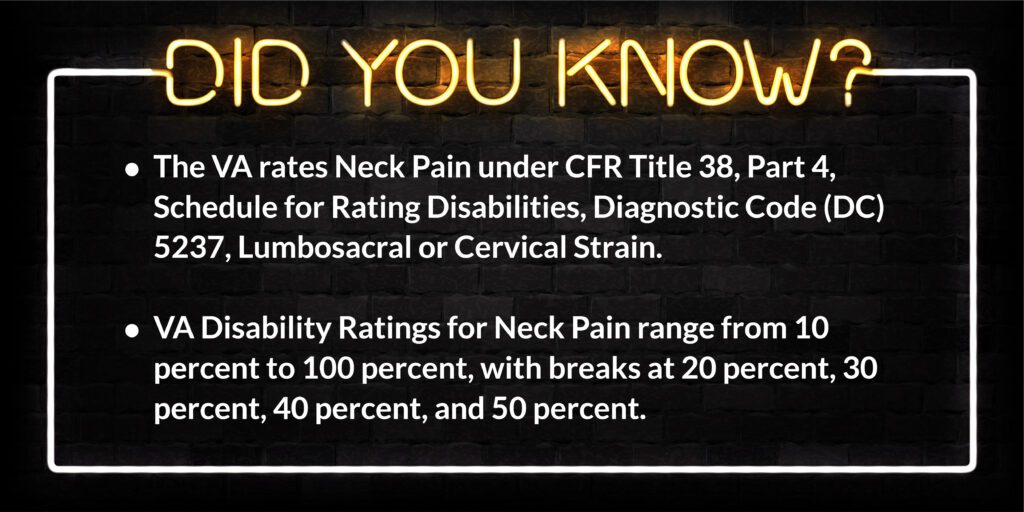
The VA rates Neck Pain under CFR Title 38, Part 4, Schedule for Rating Disabilities, Diagnostic Code (DC) 5237, Lumbosacral or Cervical Strain.
VA Ratings for Neck Pain range from 10 percent to 100 percent, with breaks at 20 percent, 30 percent, 40 percent, and 50 percent.
The highest scheduler rating for severe neck pain is 100%, which means your entire spine is frozen in an unfavorable position.
Your final VA Disability Rating for Neck and Shoulder Pain depends upon the Frequency, Severity, and Duration of symptoms to include Limitation of Range of Motion (ROM) and Painful Motion.
Pro Tip: In accordance with the “Painful Motion” principle, if you have pain upon flexion or extension of your neck or shoulder, the VA is required to award the minimum compensable rating for the condition, which is 10%.
How Do I Get a Cervicalgia VA Rating?

There are 3 primary ways a veteran can get a VA Rating for Cervicalgia:
- #1: Direct Service Connection for Cervicalgia rated under the General Rating Formula for the Spine with a rating of 10%, 20%, 30%, 40%, 50%, or 100%.
- #2: Secondary Service Connection for Cervicalgia (Neck Pain) rated secondary under the General Rating Formula for the Spine with a rating of 10%, 20%, 30%, 40%, 50%, or 100%. For instance, a veteran might be service connected for Neck Pain Secondary to Back Pain.
- #3: Neck Pain as a Symptom of another ratable condition such as Back Pain or Radiculopathy with a rating of 10%, 20%, 30%, 40%, 50%, or 100%. For example, a veteran could be service connected for Radiculopathy at 20 percent for the right lower extremity and 20 percent for the left lower extremity. The Neck Pain might not be rated on its own, but rather, as a contributing symptom to the Radiculopathy. If this happens, you should challenge the VA Rater because the two conditions are eligible for separate VA ratings across multiple Diagnostic Codes (DCs).
How Do I Increase My VA Rating for Neck Pain?

If you’re already service connected, and you’re trying to increase your VA disability rating for neck pain, you need to prove to the VA that your symptoms are now worse and warrant the higher rating by law.
The #1 best way to increase your VA disability rating for neck and shoulder pain is to have objective medical evidence (X-Ray or MRI results) to show your symptoms have worsened over time.
It’s also helpful to have a private medical provider conduct a physical examination of your spine to document any new Limitation of Range of Motion (ROM) and Pain Level (1-10).
What is the Reasonable Doubt Rule for Neck and Shoulder Pain?
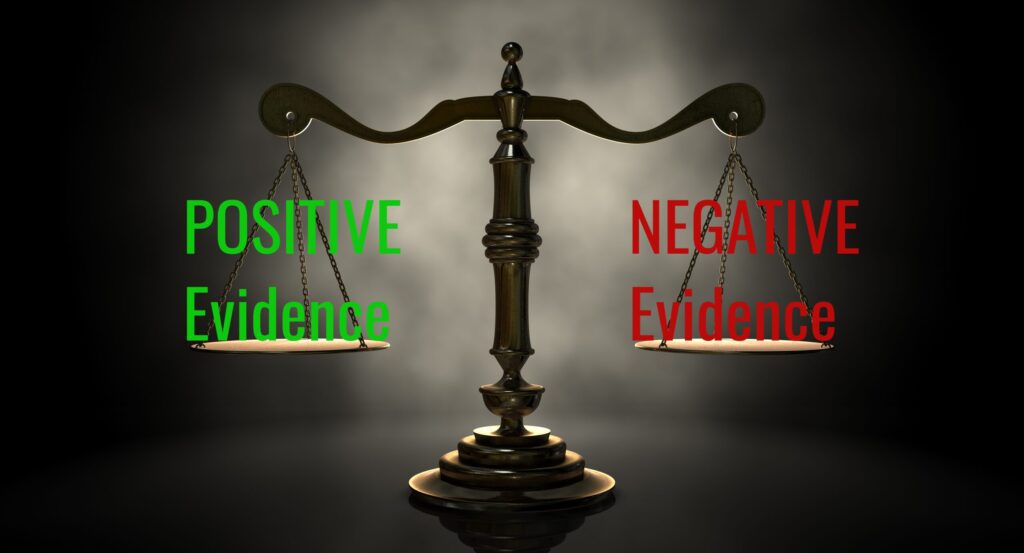
The reasonable doubt rule, means that the evidence provided by the claimant/beneficiary (or obtained on his/her behalf) must only persuade the decision maker that each factual matter is “at least as likely as not.”
This means there’s a 50/50 chance.
When, after careful consideration of all evidence, a reasonable doubt arises regarding service origin, the degree of disability, or any other point, such doubt will be resolved in favor of the claimant.
The courts further likened the reasonable doubt rule as akin to the principle in baseball that the “tie goes to the runner.”
When in doubt, the benefit is ALWAYS given to the veteran.
Independent providers and C&P examiners must consider and give weight to the veterans self-reported symptoms when completing their physical evaluations and DBQ for Neck Conditions.
What are the VA Disability Ratings for Neck and Shoulder Pain?
VA Disability Ratings for Neck and Shoulder Pain range from 10% to 100%, with breaks at 20%, 30%, 40%, and 50%.
Your final rating for spinal conditions (neck, upper back, mid back, lower back) depends upon the Frequency, Severity, and Duration of symptoms to include Limitation of Range of Motion (ROM) and Painful Motion.
A Goniometer should be used at your C&P exam to measure Range of Motion (ROM) of your spine; each measurement is rounded to the nearest five degrees.
VA ratings for neck pain require an accurate Range of Motion (ROM) test of the flexion extension, lateral flexion, and rotation of the head.
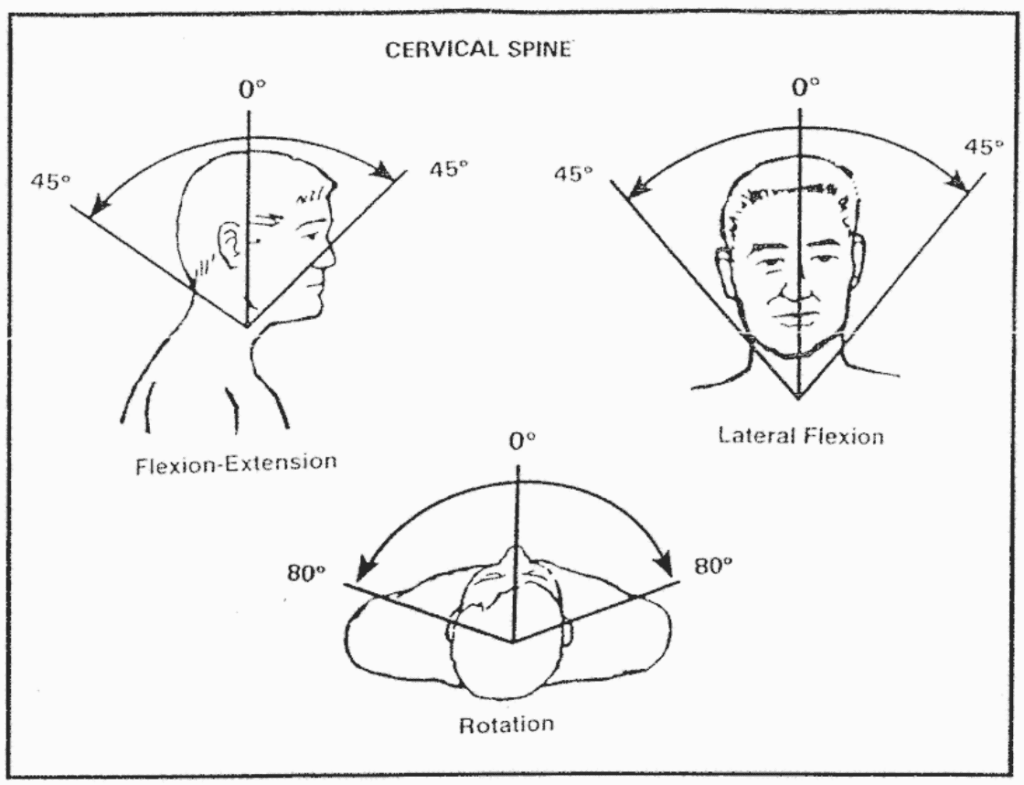
VA ratings for back pain require an accurate Range of Motion (ROM) test of the flexion extension, lateral flexion, and rotation of the spine.
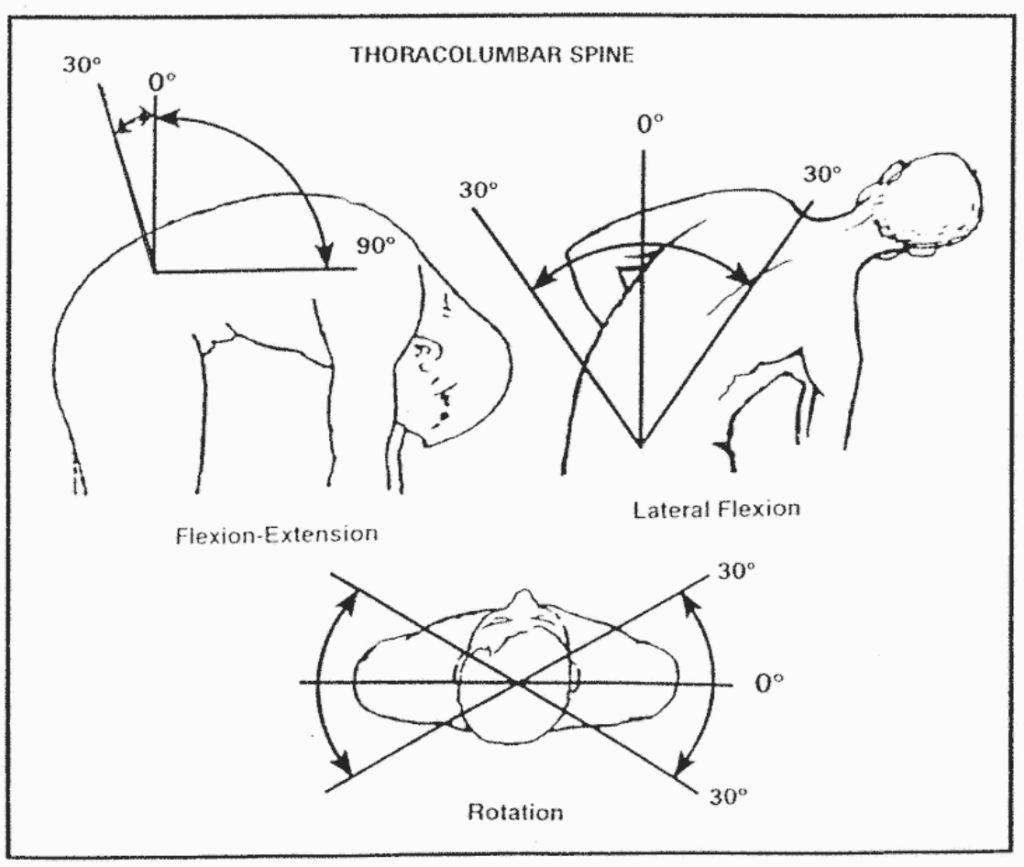
What is the Cervical Strain VA Rating?
The VA rates Cervicalgia under CFR Title 38, Part 4, Schedule for Rating Disabilities, General Rating Formula for the Spine as follows.
Cervicalgia (Neck Pain) with or without symptoms such as radiating pain, stiffness, or aching around the spine affected by residuals of injury or disease to the neck and shoulder:

100% Neck Pain VA Rating:
- Unfavorable ankylosis of the entire spine. This means your spine is frozen in an unfavorable position. You have no range of motion.
Unfavorable ankylosis is a condition in which the entire cervical spine (neck), the entire thoracolumbar spine (mid to upper back), or the entire spine is fixed in flexion or extension, and the ankylosis results in one or more of the following symptoms:
- Difficulty walking because of a limited line of vision
- Restricted opening of the mouth and trouble chewing
- Breathing limited to diaphragmatic respiration
- Gastrointestinal symptoms due to pressure of the coastal margin on the abdomen
- Dyspnea (shortness of breath) or dysphagia (difficulty swallowing)
- Alantoaxial or cervical subluxation or dislocation
- Other neurological symptoms caused by nerve root stretching
50% VA Rating for Neck and Back Pain:
- Unfavorable ankylosis of the entire thoracolumbar spine (T10 to L2). This means your mid and upper back is frozen in an unfavorable position. You have virtually no range of motion.
30% VA Rating for Neck Pain:
- Unfavorable ankylosis of the entire cervical spine; or, forward flexion of the thoracolumbar spine 30 degrees or less; or, favorable ankylosis of the entire thoracolumbar spine.
- Favorable ankylosis is a condition of fixation of a spinal segment in neutral position at zero degrees
20% VA Disability Rating for Cervicalgia:
- Forward flexion of the thoracolumbar spine greater than 30 degrees but not greater than 60 degrees; or
- Forward flexion of the cervical spine greater than 15 degrees but not greater than 30 degrees; or,
- The combined range of motion of the thoracolumbar spine not greater than 120 degrees; or,
- The combined range of motion of the cervical spine not greater than 170 degrees; or,
- Muscle spasm or guarding severe enough to result in an abnormal gait or abnormal spinal contour such as scoliosis, reversed lordosis, or abnormal kyphosis.
10% VA Disability for Neck Pain:
- Forward flexion of the thoracolumbar spine greater than 60 degrees but not greater than 85 degrees; or,
- Forward flexion of the cervical spine greater than 30 degrees but not greater than 40 degrees; or,
- Combined range of motion of the thoracolumbar spine greater than 120 degrees but not greater than 235 degrees; or,
- Combined range of motion of the cervical spine greater than 170 degrees but not greater than 335 degrees; or,
- Muscle spasm, guarding, or localized tenderness not resulting in abnormal gait or abnormal spinal contour; or, vertebral body fracture with loss of 50 percent or more of the height.
Pro Tip: The thoracolumbar and cervical spine segments are evaluated separately, except when there is unfavorable ankylosis of both segments, which will be rated as a single disability.
Can I Get a Secondary VA Rating to Neck and Back Conditions?

Yes, many veterans suffer from service connected neck and shoulder conditions, which can affect your back, hips, knees, ankles, and feet.
Another common secondary disability is Radiculopathy secondary to Back and Neck Pain.
For example, the following Diagnostic Codes (DC) from 38 CFR, Part 4, Schedule for Rating Disabilities apply:
- DC 5237: Lumbosacral or cervical strain—a generic label for back pain
- DC 5238: Spinal stenosis—the spinal column narrows and presses on the spinal cord or nerves
- DC 5239: Spondylolisthesis or segmental instability—when a vertebra slips out of position
- DC 5240: Ankylosing spondylitis—an arthritic disease that causes the spinal joints to freeze in place
- DC 5241: Spinal fusion—the vertebrae are surgically fused together
- DC 5235: Vertebral fracture or dislocation—the bones of the spine break or slip out of alignment due to a traumatic event like a car accident. Any generic spinal bone injury would be coded here.
These six neck and back conditions can often lead to pinched or damaged nerve roots, which can cause significant pain known as Radiculopathy.
Radiculopathy is commonly rated as a secondary VA disability claim for secondary service connection due to one or more service connected neck, shoulder, and back conditions.
Note that a veteran is eligible to be rated for both a neck condition, back condition, and Radiculopathy secondary to multipole extremities.
What Should I Expect at a C&P Exam for Neck Pain?

A C&P exam for Cervicalgia (Neck Pain) involves a series of questions, to include a physical examination, diagnostic testing (X-Ray, if none have been performed), and a Range of Motion (ROM) test with a Goniometer.
Click HERE for the C&P Examiner’s Guide to Spine Examinations.
The following are a list of common questions asked at a C&P exam for Neck Pain:
#1. Does the veteran have a diagnosis of a neck condition?
#2. What is the history (including onset and course) of the veteran’s cervical spine condition?
#3. Does the Veteran report flare-ups of the cervical spine?
If yes, document the Veteran’s description of the flare-ups he/she experiences, including the frequency, duration, characteristics, precipitating and alleviating factors, severity, and/or extent of functional impairment he/she experiences during a flare-up of symptoms.
#4. Does the Veteran report having any functional loss or functional impairment of the joint or extremity being evaluated on this questionnaire, including but not limited to after repeated use over time?
If yes, document the Veteran’s description of functional loss or functional impairment in his/her own words.
#5. What are the initial ROM measurements?
#6. If abnormal ROM, does the range of motion itself contribute to a functional loss?
If any limitation of motion is specifically attributable to pain, weakness, fatigability, incoordination, or other; please note the degree(s) in which limitation of motion is specifically attributable to the factors identified and describe.
#7. Is there evidence of pain?
If yes, select all that apply:
- Weight-bearing
- Nonweight-bearing
- Active motion
- Passive motion
- On rest/non-movement
- Causes functional loss
- Does not result in/cause functional loss
#8. Does procured evidence (statements from the veteran) suggest pain, fatigability, weakness, lack of endurance, or incoordination which significantly limits functional ability with repeated use over time?
The examiner should provide the estimated range of motion based on a review of all procurable information – to include the Veteran’s statement on examination, case-specific evidence (to include medical treatment records when applicable and lay evidence), and the examiner’s medical expertise.
#9. Is the veteran being examined during a flare-up?
#10. Does the veteran have localized tenderness, guarding or muscle spasm of the cervical spine?
#11. Does the veteran have any additional contributing factors of a neck and shoulder disability?
If yes, select all that apply:
- Interference with sitting
- Interference with standing
- Disturbance of locomotion
- Instability of station
- Atrophy of disuse
- Swelling
- Deformity
- Less movement than normal
- More movement than normal
- Weakened movement
#12. Does the veteran have muscle atrophy?
#13. Does the veteran have radicular pain or any other signs or symptoms due to radiculopathy?
#14. Does the veteran have any other signs or symptoms of radiculopathy?
#15. Is there ankylosis of the spine?
If yes, indicate the severity:
- Unfavorable ankylosis of the entire spine
- Unfavorable ankylosis of the entire cervical spine
- Favorable ankylosis of the entire cervical spine
#16. Does the veteran have any other neurologic abnormalities or findings related to a cervical spine condition (such as bowel or bladder problems/pathologic reflexes)?
#17. Does the veteran use any assistive devices as a normal mode of locomotion, although occasional locomotion by other methods may be possible?
If the veteran uses any assistive devices, specify the condition, indicate the side, and identify the assistive device used for each condition.
- Wheelchair
- Brace
- Crutches
- Cane
- Walker
- Other
#18. Due to the veteran’s cervical spine condition, is there functional impairment of an extremity such that no effective function remains other than that which would be equally well served by an amputation with prosthesis?
#19. Have imaging studies of the cervical spine been performed in conjunction with this examination?
If yes, is degenerative or post-traumatic arthritis documented?
If yes, provide type of test or procedure, date, and results (brief summary).
#20. Does the veteran have imaging evidence of a cervical vertebral fracture with loss of 50 percent or more of height?
#21. Regardless of the veteran’s current employment status, do the conditions listed in the diagnosis section impact his/her ability to perform any type of occupational task (such as standing, walking, lifting, sitting, etc.)?
Deserve a HIGHER VA Rating?
Learn more about how VA Claims Insider can help you get the rating you DESERVE!
Book a no-obligation Discovery Call today!
About the Author

Brian Reese
Brian Reese is a world-renowned VA disability benefits expert and the #1 bestselling author of VA Claim Secrets and You Deserve It. Motivated by his own frustration with the VA claim process, Brian founded VA Claims Insider to help disabled veterans secure their VA disability compensation faster, regardless of their past struggles with the VA. Since 2013, he has positively impacted the lives of over 10 million military, veterans, and their families.
A former active-duty Air Force officer, Brian has extensive experience leading diverse teams in challenging international environments, including a combat tour in Afghanistan in 2011 supporting Operation ENDURING FREEDOM.
Brian is a Distinguished Graduate of Management from the United States Air Force Academy and earned his MBA from Oklahoma State University’s Spears School of Business, where he was a National Honor Scholar, ranking in the top 1% of his class.




